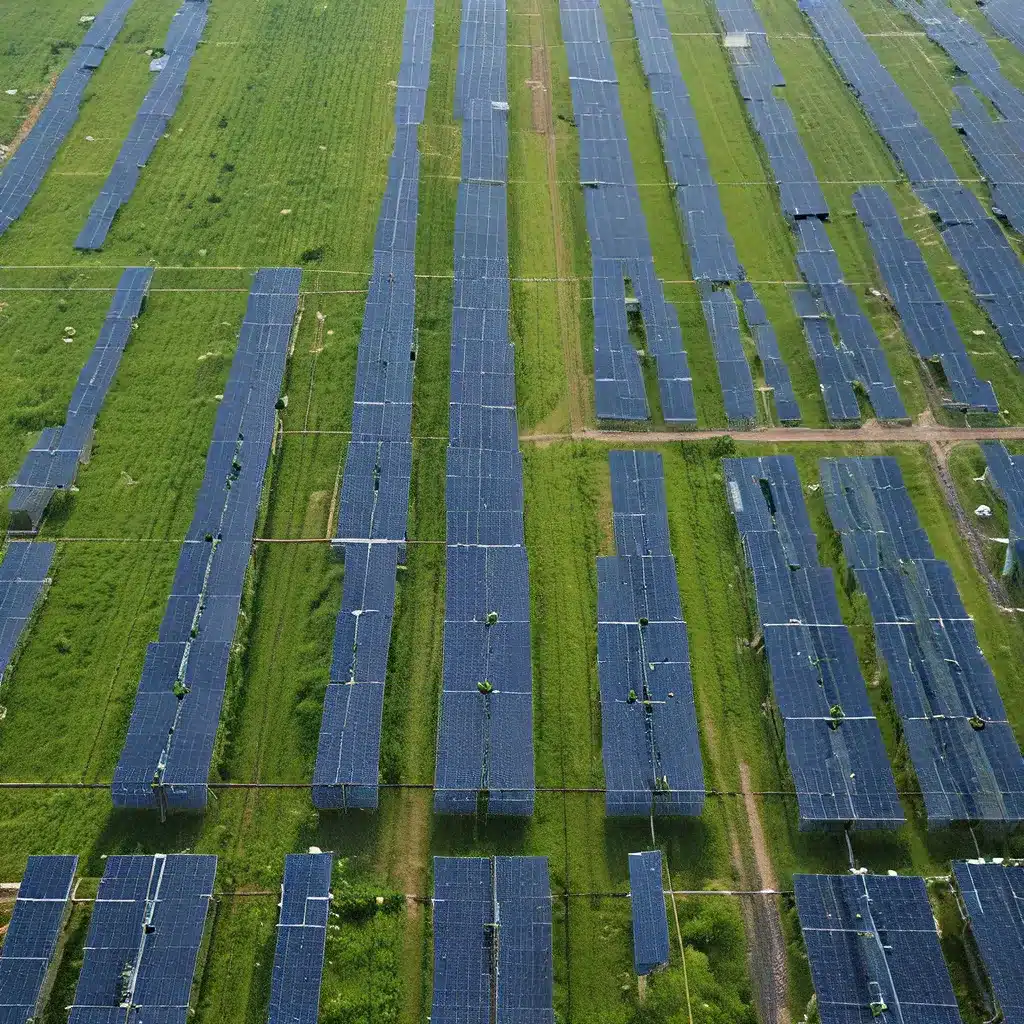
As the world grapples with the urgent need to address climate change, the transition to a renewable energy future has become a top priority. The European Green Deal and ambitious targets set by governments around the globe have put the spotlight on the critical role of the power grid in this transformative journey. But the path to a greener grid is not without its challenges.
Understanding the Renewable Energy Landscape
The production and use of energy account for more than 75% of the European Union’s greenhouse gas emissions, making the decarbonization of the energy system a crucial step in achieving the EU’s 2030 climate objectives and the long-term goal of carbon neutrality by 2050. The same imperative holds true for many other nations and regions around the world.
The shift towards renewable energy sources, such as solar and wind, is well underway, but integrating these variable and intermittent resources into the grid poses a unique set of obstacles. Grid Strategies LLC, a leading Washington D.C.-based consultancy, has been at the forefront of addressing these issues, working closely with policymakers, regulators, and industry stakeholders to enable a successful clean energy transition.
The European Green Deal: A Blueprint for Change
The European Green Deal, a comprehensive plan adopted by the European Commission, outlines three key principles to guide the clean energy transition: decarbonization, digitalization, and decentralization. These principles serve as a blueprint for nations and regions around the world as they strive to reduce greenhouse gas emissions and enhance the quality of life for their citizens.
To achieve the EU’s energy and climate targets for 2030, member states are required to establish 10-year Integrated National Energy and Climate Plans (NECPs) that outline their strategies for addressing five key areas: energy efficiency, renewable energy, greenhouse gas emissions reductions, interconnections, and research and innovation.
Overcoming Interconnection Challenges
One of the primary hurdles in the integration of renewable energy sources is the interconnection process. The surge in proposed clean energy projects has led to a dramatic rise in interconnection queue backlogs, causing significant delays and uncertainty for project developers.
The California Independent System Operator (CAISO) has been at the forefront of addressing these challenges, implementing reforms to streamline the interconnection process and prioritize the planning, procurement, and development of new clean energy resources.
“Accelerated demand for new clean resources has caused a dramatic rise in proposed projects in the ISO’s interconnection queue and is driving significant new transmission needs,” the CAISO states. “Through its public stakeholder process, the ISO continues to pursue sweeping reforms to its interconnection queue process to streamline and better prioritize the planning, procurement, and resource development to help keep pace with the renewable transition.”
Unlocking the Potential of Grid-Enhancing Technologies
To further facilitate the integration of renewable energy, Grid Strategies LLC has been a vocal advocate for the deployment of grid-enhancing technologies (GETs), such as advanced transmission conductors, dynamic line ratings, and power flow control devices.
These technologies have the potential to significantly increase the capacity and efficiency of the existing grid infrastructure, enabling the integration of more renewable energy without the need for costly and time-consuming new transmission line construction.
Rob Gramlich, President of Grid Strategies LLC, has been a leading voice in the push for GETs, testifying before Congress, the Federal Energy Regulatory Commission (FERC), and state agencies on the importance of these technologies in facilitating the clean energy transition.
“Rob Gramlich is President of Grid Strategies LLC, a Washington DC-based consultancy focused on transmission and power markets for a reliable, affordable, and sustainable power system,” the company’s website states. “He co-founded the Working for Advanced Transmission Technologies (WATT) Coalition, Advancing Modern Powerlines, the Macro Grid Initiative, and the Future Power Markets Forum.”
Addressing Renewable Energy Curtailment
Another key challenge in the integration of renewable energy is the issue of curtailment, where excess renewable generation is temporarily reduced or shut down to maintain grid stability and balance supply with demand.
The CAISO has been at the forefront of addressing this challenge, exploring strategies to manage renewable curtailment and ensure the grid can accommodate the increasing amounts of clean energy resources coming online.
These strategies include the deployment of energy storage technologies, the development of flexible, fast-ramping generation resources, and the exploration of long-duration energy storage solutions to address the grid’s needs during prolonged periods of low renewable generation.
Preparing for the Future Grid
As the world embarks on the clean energy transition, the need for a diverse and resilient power grid has never been more pressing. Climate change-fueled events, such as prolonged extreme heat, severe drought, and wildfires, pose new risks to grid reliability, requiring innovative approaches and technologies to ensure the grid can withstand and adapt to these challenges.
Firewinder, a leader in the renewable energy solutions industry, is at the forefront of developing cutting-edge technologies and strategies to support the grid of the future. By integrating advanced energy storage, smart grid controls, and resilient infrastructure, Firewinder is helping pave the way for a more sustainable and reliable energy future.
Collaboration and Policy Reforms: The Path Forward
Achieving a greener grid will require a collaborative effort involving policymakers, regulators, industry stakeholders, and the broader public. Reforms to policies and regulations, such as those outlined in the European Green Deal, will be critical in driving the necessary changes and incentivizing the adoption of renewable energy and grid-enhancing technologies.
As Julia Selker, the Director of Policy and Strategy and Chief Operating Officer for Grid Strategies LLC, notes, “The Working for Advanced Transmission Technologies (WATT) Coalition, which I lead, is focused on policy advocacy and education on Grid Enhancing Technologies. These technologies can unlock the potential of the existing grid infrastructure and facilitate the integration of renewable energy sources.”
Ongoing research, public-private partnerships, and a willingness to embrace innovative solutions will be essential as we navigate the complex challenges and evolving landscape of the clean energy transition. By working together, we can build a more sustainable, resilient, and equitable energy future for all.

